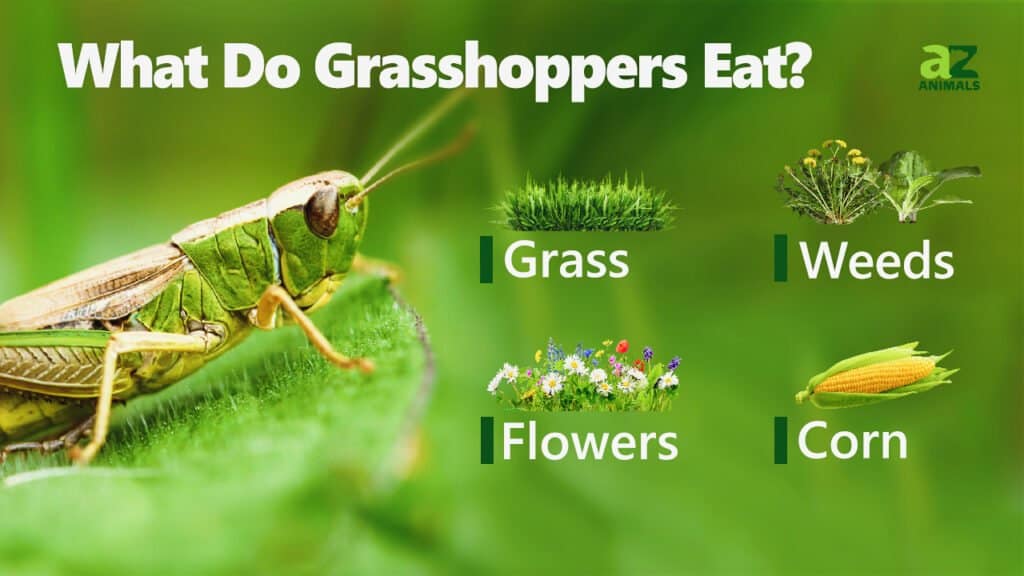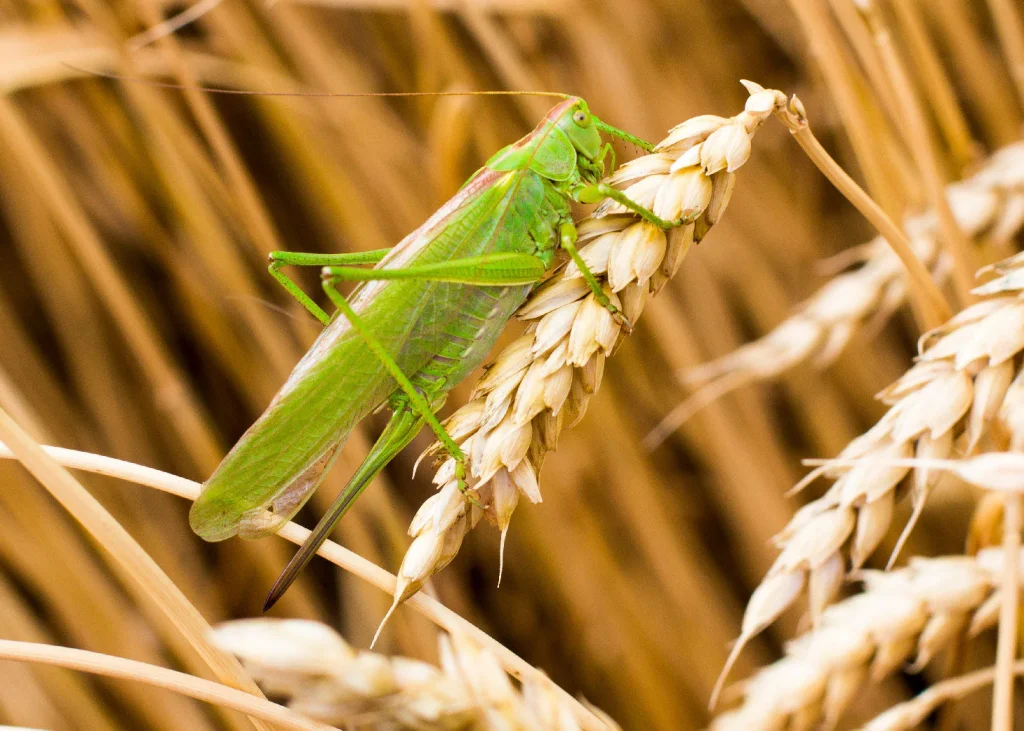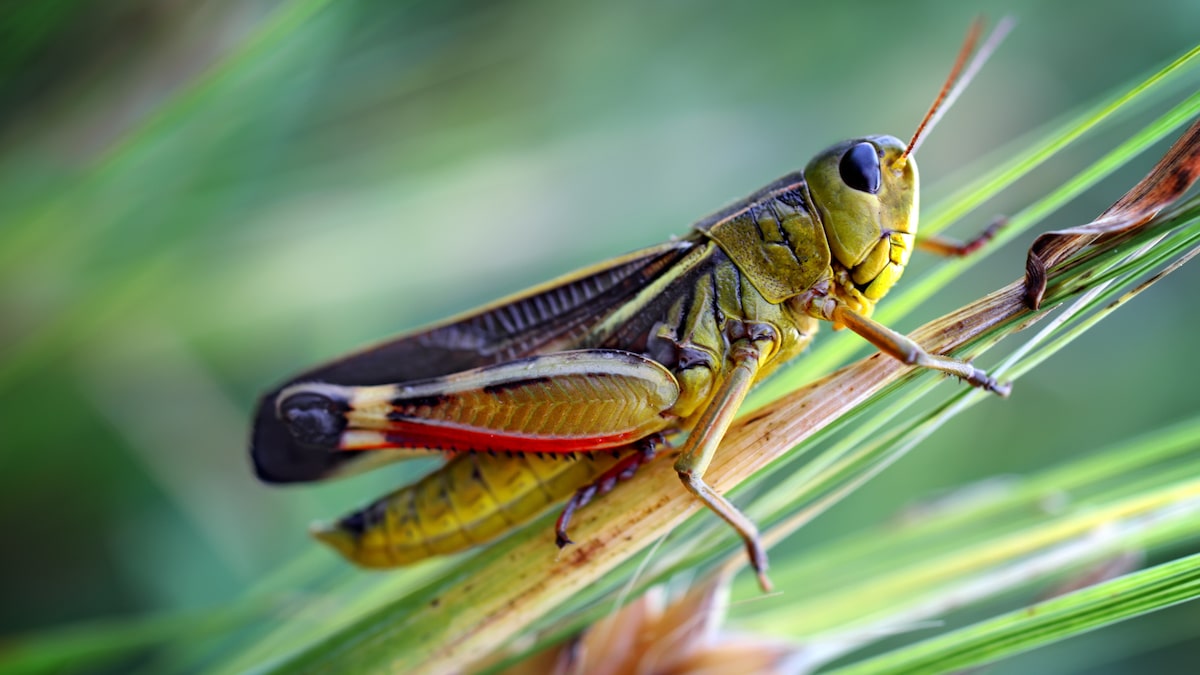Grasshoppers might seem like simple insects hopping around your garden, but their eating habits tell a much more complex and fascinating story. If you’ve ever wondered what do grasshoppers eat, you’re not alone. These tiny creatures play a vital role in our ecosystem, and their diet reveals much about their behavior, survival strategies, and interaction with the environment.
In this article, we’ll dive deep into the surprising and sometimes shocking details of what grasshoppers consume. Along the way, you’ll discover seven amazing facts that will change the way you look at these common insects forever.
What Do Grasshoppers Eat? — A Closer Look
To understand what do grasshoppers eat, we first need to recognize that these insects are primarily herbivores. This means they mainly feast on plant materials. Their diet includes leaves, grasses, and various crops. Grasshoppers have strong mouthparts designed to chew tough plant fibers, which allows them to munch through a wide variety of vegetation.
However, their eating habits aren’t as straightforward as you might think. Grasshoppers are selective feeders, meaning they choose certain plants over others. This selectivity depends on the availability of food, nutritional content, and the stage of the grasshopper’s life cycle.
The Role of Grasshoppers in Nature’s Food Chain
Grasshoppers serve as both consumers and prey in the natural world. They are important primary consumers, feeding on plants and converting that energy into protein for other animals. Birds, reptiles, amphibians, and even small mammals rely on grasshoppers as a food source.
By eating plants, grasshoppers also influence the health of vegetation in an area. Sometimes their feeding helps control plant populations, but if their numbers grow too large, they can cause significant damage to crops and wild plants.
How Grasshoppers Choose Their Food
One might wonder, how do grasshoppers decide what to eat? The answer lies in their taste buds, sensory organs, and survival instincts.
Grasshoppers have taste sensors on their feet and mouthparts, which help them identify suitable food sources. They are attracted to plants that provide high nutritional value, particularly those rich in nitrogen. Young grasshoppers tend to prefer tender, juicy leaves, while adults might chew on tougher stems and grasses.
Environmental factors like drought or heavy rain can also influence grasshopper food choices, pushing them to explore less common plants or even damaged crops.

Surprising Foods Grasshoppers Enjoy
You might be surprised to learn that grasshoppers don’t eat just any plants. While most stick to leaves and grasses, some species have been found munching on flowers, seeds, and even crops like wheat, corn, and alfalfa. This varied diet sometimes leads them into conflict with farmers.
In some rare cases, grasshoppers have been observed eating dead insects or even other grasshoppers when food is scarce, showing that their diet can be more flexible than pure herbivory suggests.
The Impact of Grasshopper Diets on Agriculture
Farmers worldwide often see grasshoppers as pests because of their voracious appetites. When grasshopper populations explode, they can devastate crops, leading to significant economic losses.
Understanding what do grasshoppers eat helps in developing better pest control methods. By knowing their preferred food sources, farmers can anticipate which crops are at risk and take preventive measures, such as planting trap crops or using natural predators to keep grasshopper numbers in check.
Grasshoppers vs. Other Insects: What Sets Their Diet Apart?
Comparing grasshoppers to other insects like locusts or crickets highlights some interesting dietary differences. Locusts are a type of grasshopper but tend to be more migratory and destructive, consuming almost anything green during swarming events.
Crickets, on the other hand, have a more omnivorous diet, often eating both plants and small insects. This contrast underlines the unique niche grasshoppers occupy as mostly plant-focused consumers.
How Climate and Environment Affect Grasshopper Eating Habits
The environment plays a huge role in shaping what grasshoppers eat. In dry climates, food scarcity might force grasshoppers to broaden their diet, while in lush environments, they have plenty of options and can be more selective.
Seasonal changes also influence grasshopper feeding. In spring and summer, when plants are abundant, grasshoppers feast heavily to build energy for reproduction. In colder months, their activity slows, and their food choices become limited.
Interesting Stories of Grasshoppers in Different Cultures
Grasshoppers have captured human imagination for centuries. In many cultures, they symbolize good luck or abundance, often because of their ability to thrive on limited resources.
In some indigenous traditions, stories of grasshoppers illustrate themes of resilience and survival. Meanwhile, in agriculture-focused societies, grasshoppers are sometimes feared as harbingers of crop destruction, reflecting the complex relationship humans have with these insects.

Visit our website for more updates and stories
Conclusion: Why Understanding What Do Grasshoppers Eat Matters
Knowing what do grasshoppers eat is more than just satisfying curiosity. It helps scientists, farmers, and nature lovers appreciate the delicate balance in ecosystems and the important role grasshoppers play.
From their selective feeding habits to their impact on agriculture and culture, grasshoppers reveal a surprising depth that many overlook. Next time you see a grasshopper, you might think twice about the fascinating world hidden behind those tiny hops.













